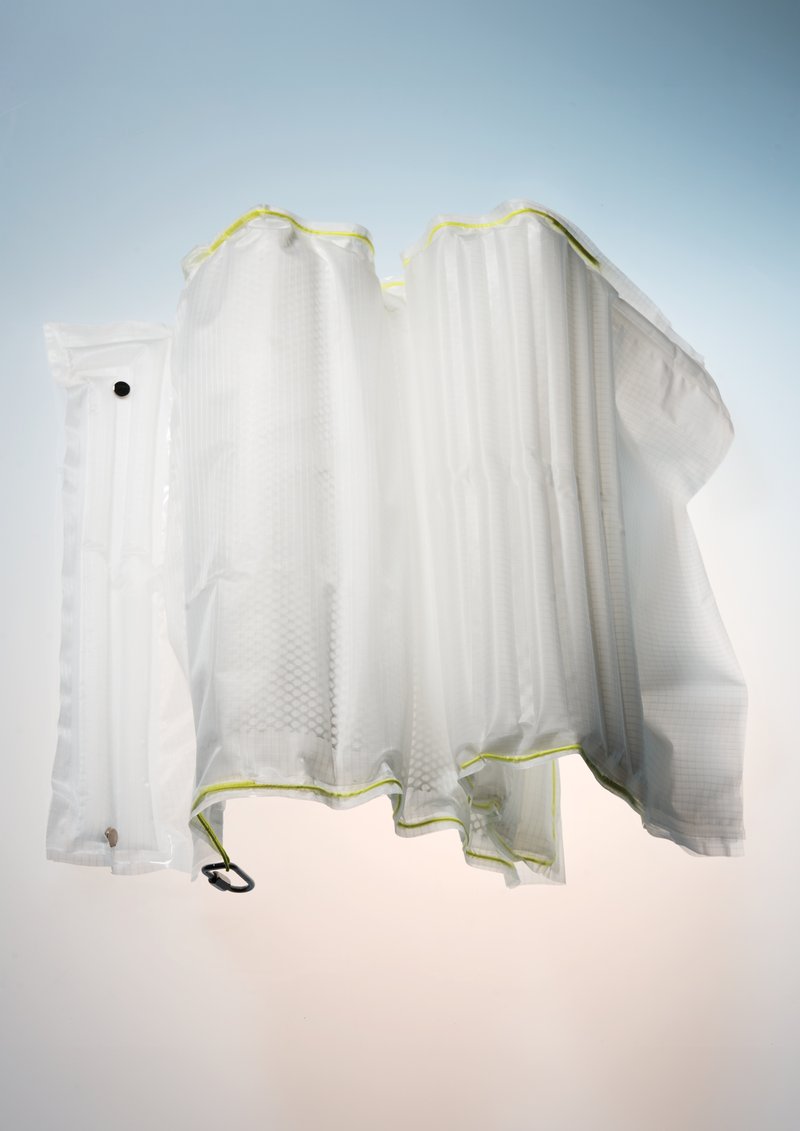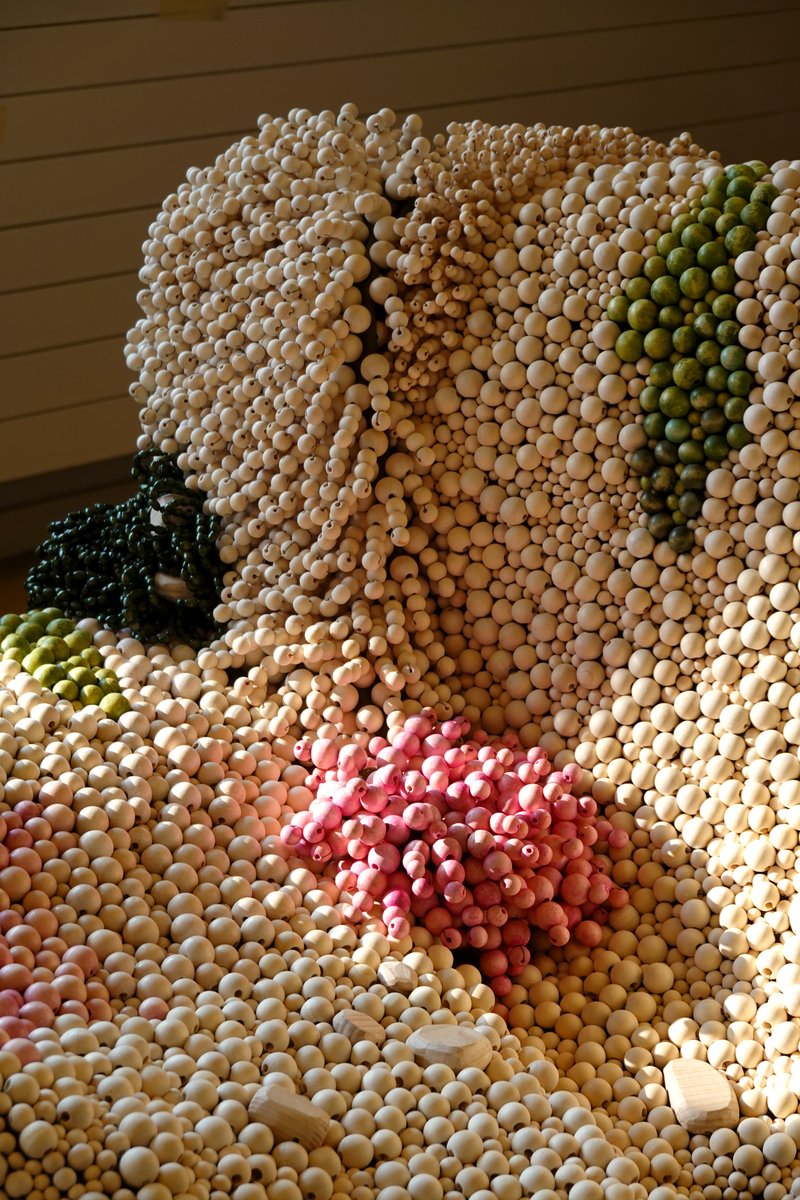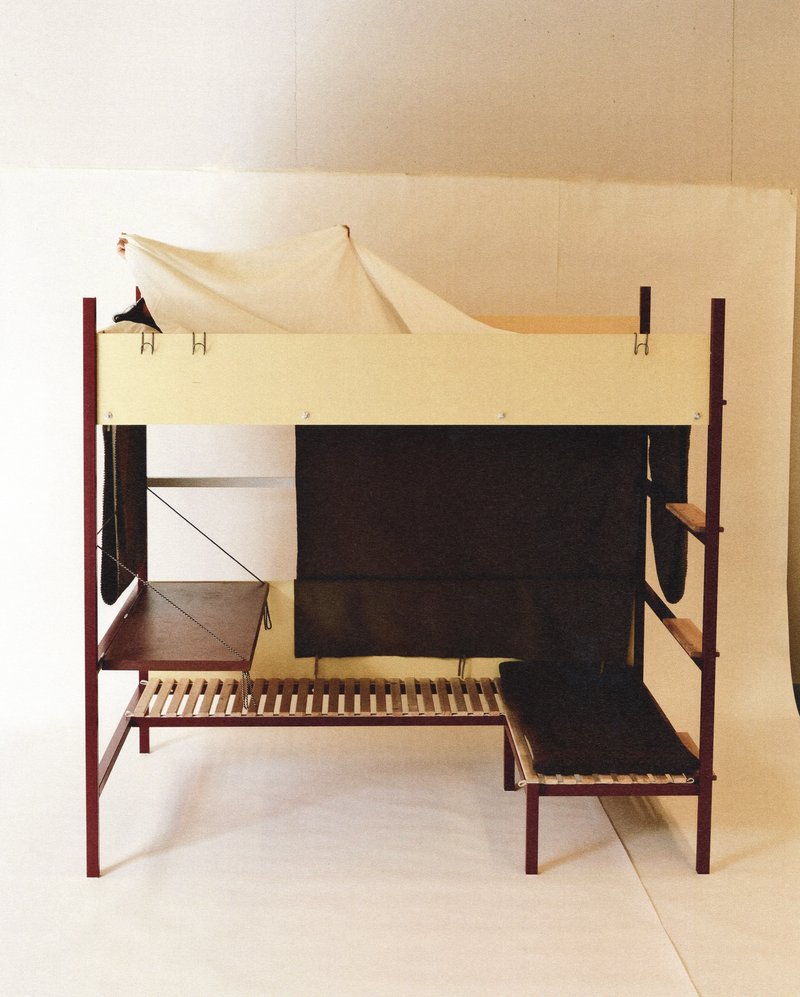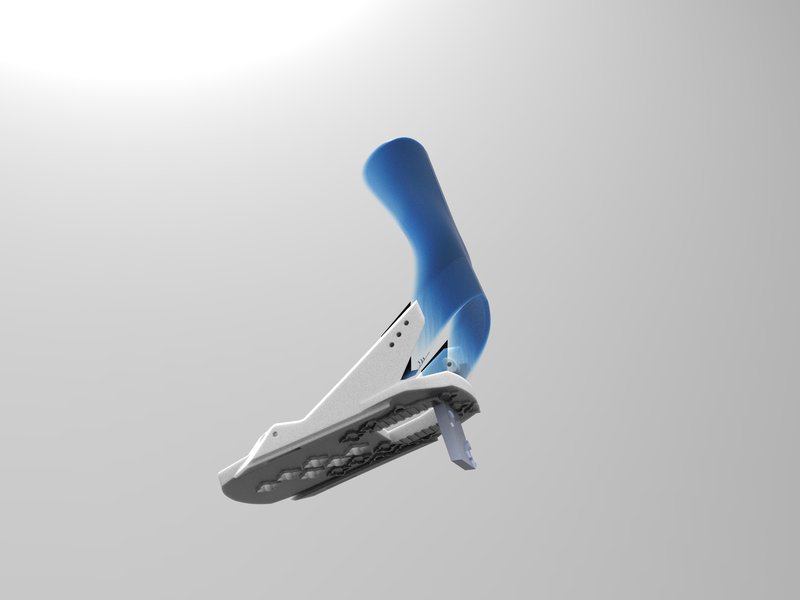Galva
by Justus Hilfenhaus & Jiahao Huang
Data collected* by DECATHLON show that steel is far less polluting than aluminum in almost every aspect of bicycle production. Yet most e-bike frames today are made from aluminum. Based on this observation, Galva offers a galvanized steel frame in which the battery is integrated and protected. To limit excess weight, the frame uses a minimum of materials while retaining its strength. Production is based mainly on tube stamping and bending, cold processes that consume less energy. Galvanizing the steel also provides a durable coating, guaranteeing the frame's longevity.
*Based on the LCDN 3.1 database provided by the European Commission.
E-Venture
by Gabriella Duck Garnham, Aurelia Pleyer & Yichen Wu
Inspired by the structure of the human body, E-venture revisits the anatomy of the bicycle by offering a more frugal alternative. A sleek, skeletal steel frame integrates electrical components, creating space inside the bike's “skin” to store the elements needed for touring. The E-venture's skin is made from unused textiles from DECATHLON's camping range and adopts the layering principle used for outdoor clothing. This design aims to offer flexible, lightweight storage, ideal for long trips, yet still suitable for everyday commuting.

















